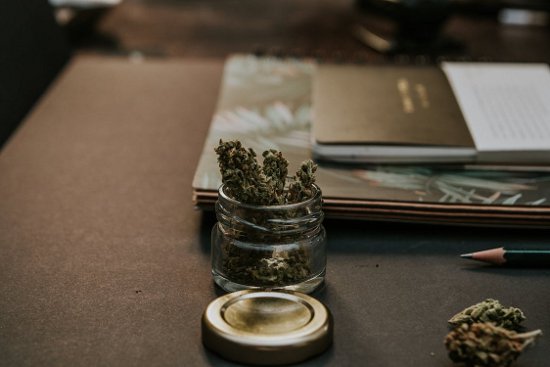Cannabis storage is not just something that you can leave behind. There are several aspects to consider, including light exposure, temperature, humidity, airflow, proper curing, and metals that can affect the flavor of cannabis. These factors influence how the plants grow and how much you can enjoy them. Taking the time to understand these details will ensure you get the most from your cannabis.
Light exposure
Light exposure in cannabis storage can be detrimental to the quality of your stash. However, there are many methods you can use to minimize this effect. The best way to keep your marijuana safe is to store it in an opaque container. This will block the light and prevent moisture from seeping in. The UV rays from the sun can damage the cannabinoids and terpenes found in cannabis flowers. Keeping your stash in an airtight container will also help reduce exposure. In addition to light exposure, high temperatures can harm cannabinoids. During storage, temperatures between 65 and 70 degrees Fahrenheit are ideal.
Temperature
If you’re thinking of starting a cannabis garden, you’ll need to make sure you know how to store your marijuana correctly. In addition, the temperature and humidity you keep your plants at are vital to their growth. The best place to store cannabis is in an excellent, dark location. The temperature you select should be at least 50 degrees Fahrenheit, but it’s recommended to go lower. Excessive heat can cause your cannabis to dry out and diminish its terpenes. Similarly, freezing temperatures can cause your trichomes to break off. You’ll need a hygrometer to measure the relative humidity in your storage area. You can also use a thermometer to maintain the correct temperature range.
Humidity
When it comes to storing cannabis, humidity is essential. It is vital because a plant’s health and growth are affected by moisture levels. It is also necessary because low humidity can affect the taste and potency of the flower buds, as well as the medical benefits of the plant. A few factors can affect the humidity level in a marijuana storage container, including the temperature, airflow, and moisture inside the container. Therefore, it is generally best to store marijuana in a cool, dark place, away from direct sunlight. Regarding relative humidity, the “Goldilocks” zone is between 59% and 63%. Keeping your weed in this range will help it retain its original aroma and color.
Airflow
Air circulation is a crucial element of growing cannabis indoors. The proper airflow helps prevent mold, mildew, bugs, and pests. In addition, it aids in the growth of healthy plants. Airflow is significant for drying cannabis. The correct airflow keeps moisture levels low and can lower the risk of mold and rot. To control humidity, you should use equipment such as fans and dehumidifiers. In addition, you can also install carbon filters that will filter out smells. The ideal relative humidity for curing cannabis is 55-65%. This is good for preserving terpenes, which gives the plant a distinct aroma and flavor. You should maintain this level for two weeks to a month.
Proper curing
Proper curing of cannabis is a crucial step to ensure you get the full potential of your product. The process breaks down chlorophyll, removes the vegetal taste, and preserves cannabinoid compounds. Curing your marijuana buds will help them last longer and taste better. If done correctly, cannabis can be stored for up to a year. It’s a good idea to keep your weed in an airtight container. Plastic containers can trap oxygen and may damage the buds.
To start the curing process, take sample buds from several locations on the plant. The buds should be trimmed before they go into the jar. Seal the jar for a minimum of 24 hours.
Metals can affect the flavor
Metals can have an impact on the taste of cannabis flowers. In addition, the number of metals in the plant and the extraction process can affect the final product’s flavor. During the growing process, the cannabis plant can absorb heavy metals from the air, water, and soil. These elements are stored in the plant tissues, especially in the trichomes. When plants are exposed to metal, it can cause several health problems, including loss of coordination, muscle weakness, muscle damage, and a weakened immune system. They can also lead to neurological disorders, cancer, and other diseases.

